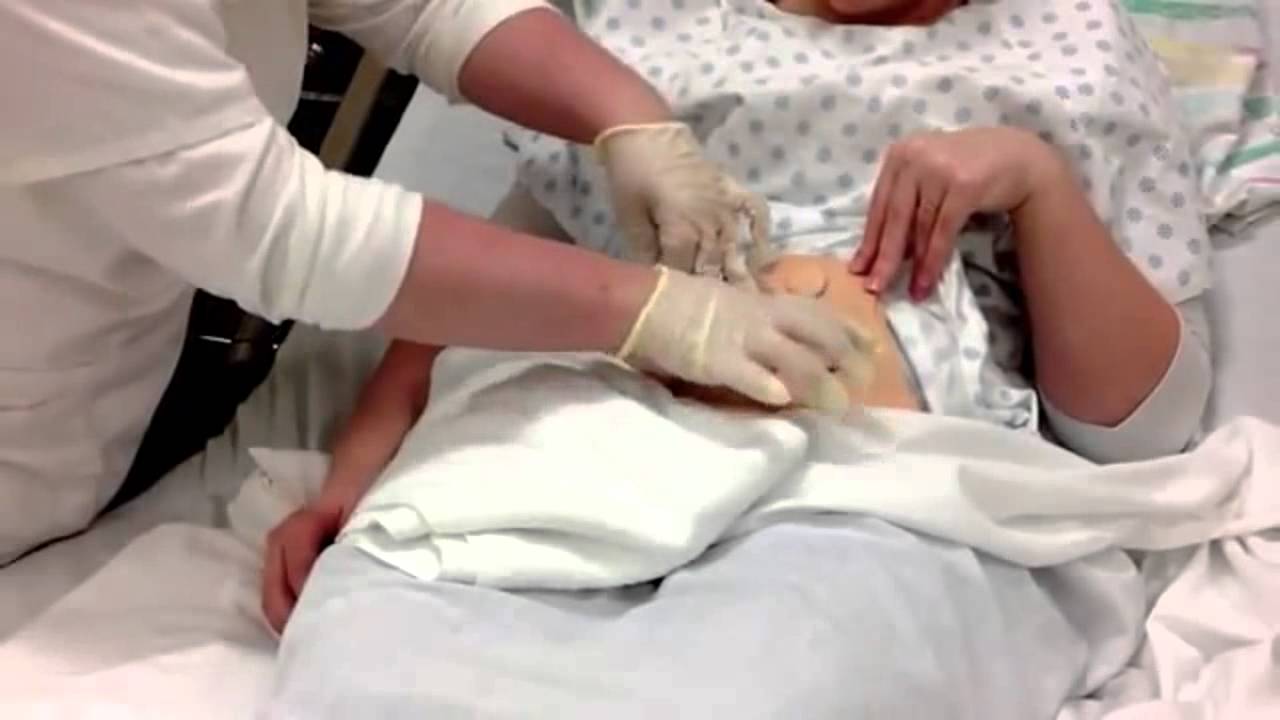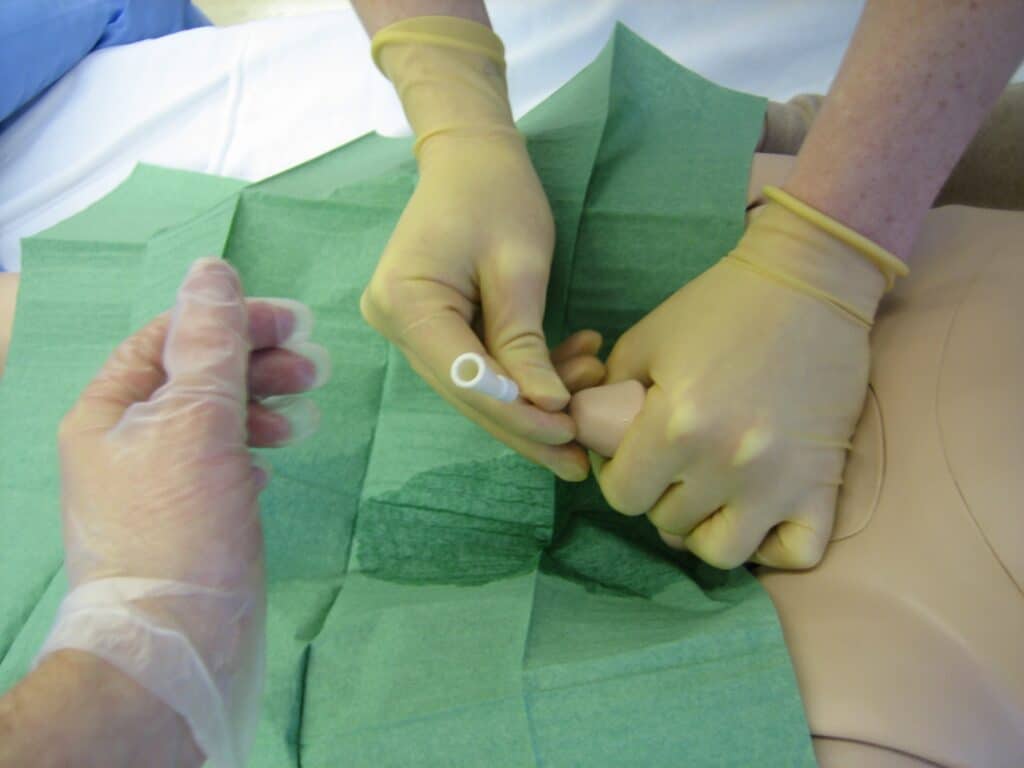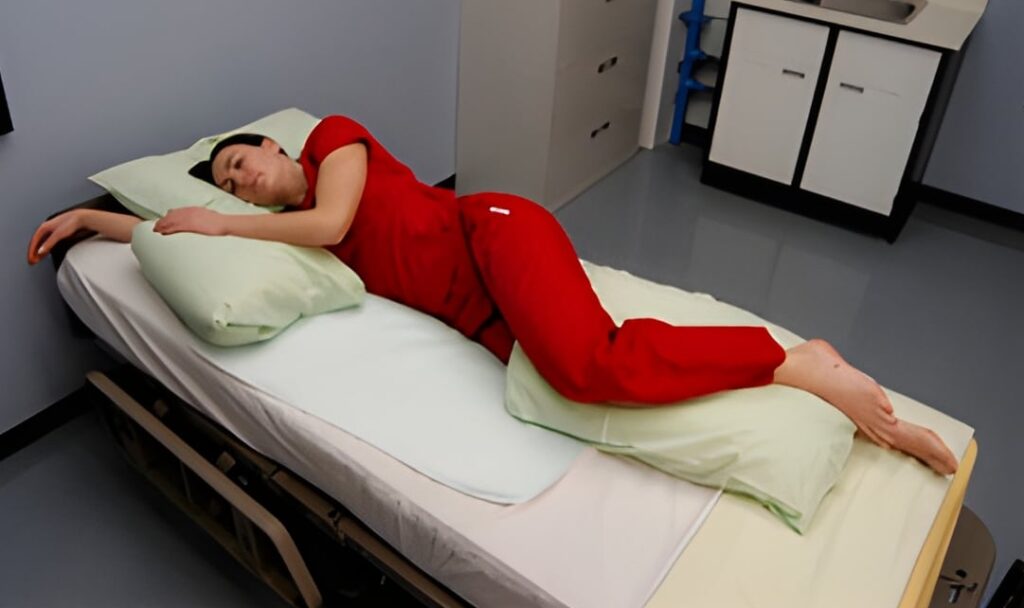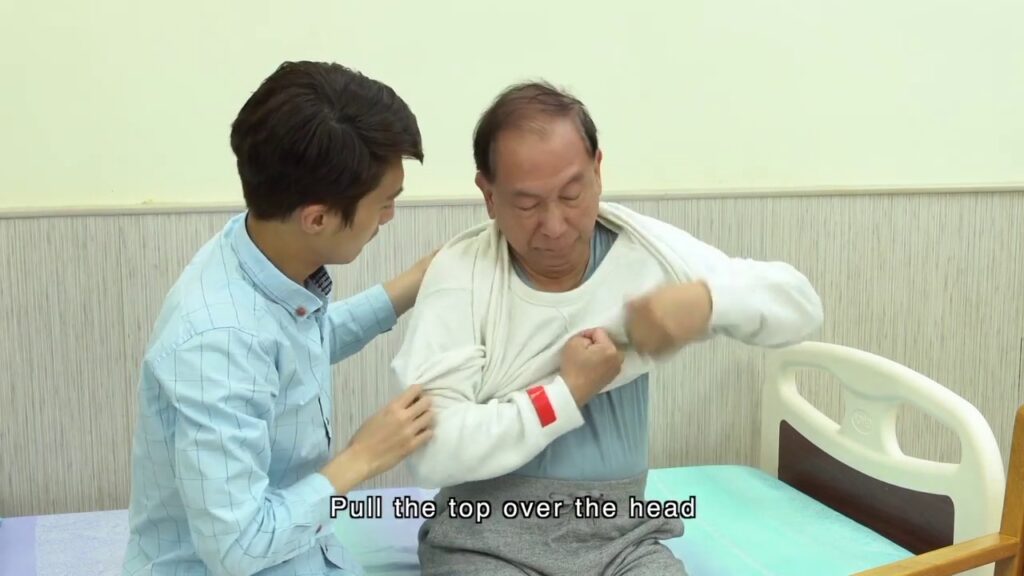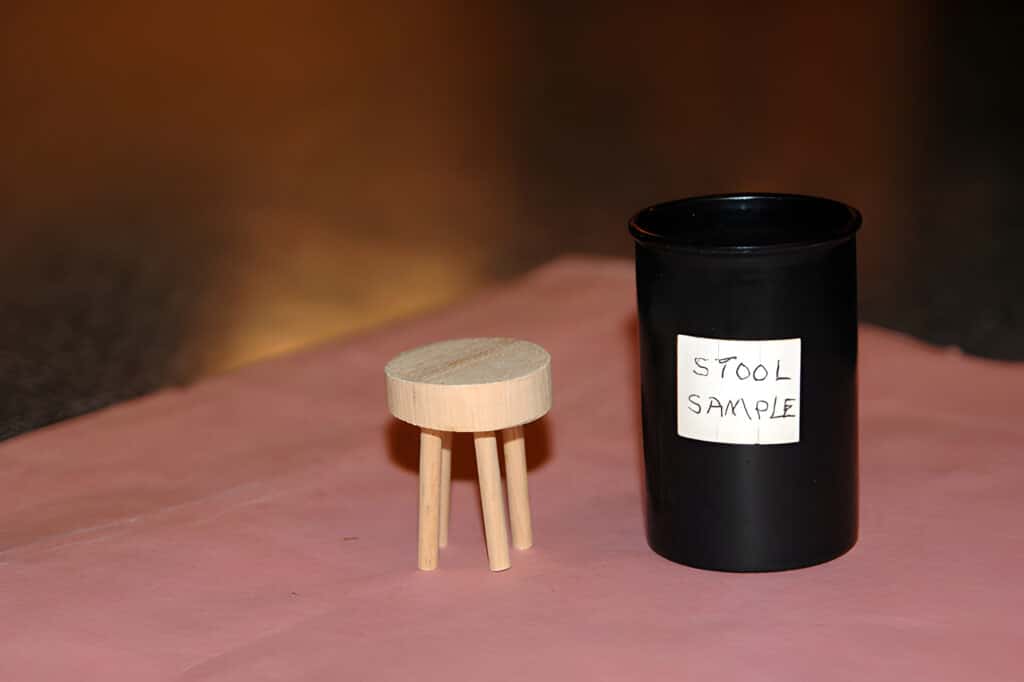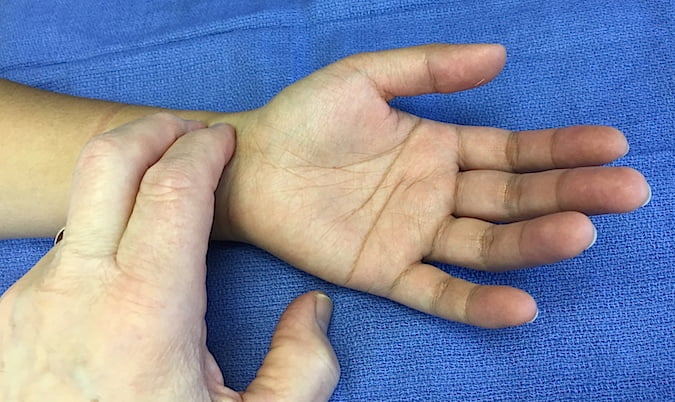Written by Amanda R. McDaniel, MS, BSN, RN
Amanda is a BSN/RN with a MS in Physiology and a BA in English. She worked as a medical writer in the pharmaceutical industry for 11 years before pursuing a career in nursing. She now works as a nurse on a NeuroTelemetry unit and continues to write and edit on a freelance basis. Amanda’s LinkedIn
Residents who have had a portion of their intestines removed due to illness or trauma may have a temporary or permanent ostomy, which is an opening in the abdomen that is created for the elimination of urine or feces. The portion of the intestine that is connected to the abdominal wall and is visible is called the stoma. A pouch is placed over the stoma to collect feces. The pouch should only be changed every 3 to 7 days or when leakage occurs to prevent skin irritation.
Ostomy Care
- Gather your supplies:
- Gloves
- New ostomy pouch, skin barrier, clamp, and pouch deodorant
- Skin paste
- Gauze pads
- Wash cloths or bath wipes
- Towel
- Adhesive remover
- Scissors
- Trash can
- Absorbent pad
- Provide the resident privacy by closing the door or curtain.
- Perform hand hygiene and don gloves.
- Raise the bed to a comfortable working height and lower the bed rail closest to you.
- Place an absorbent pad under the resident to catch any leakage or spillage from the stoma or pouch.
- Gently lift up on the pouch and barrier in one hand while pushing the skin down. Use adhesive remover pads if necessary.
- Place the used pouch and barrier in the trash.
- Clean the stoma and the area around it with a gauze pad, wash cloth, and/or a bath wipe.
- Be gentle with this step. Do no rubbing or scrubbing, as that can irritate the skin and/or stoma.
- Carefully pat the area dry with a towel or gauze pad.
- Examine the area for skin breakdown. Immediately report breakdown to the nurse.
- Check the size of the opening of the new barrier. The opening may need to be trimmed with scissors to accommodate the stoma.
- Remove the backing from the barrier, and then apply a thin layer of skin paste per the manufacturer’s instructions.
- Using one hand, gently pull the skin around the stoma so that it is wrinkle-free.
- Position the hole in the barrier over the stoma. The pouch should be hanging downward from the stoma.
- Press the barrier and pouch so that an air-tight seal is formed with the skin. No part of the stoma should be between the barrier and skin. The edges of the hole in the barrier should not touch the stoma. Continue applying pressure to the barrier per the manufacturer’s instructions.
- Pull carefully on the pouch to ensure that it is fully attached.
- Add deodorant to the pouch and secure the bottom opening with the clamp.
- Remove the absorbent pad from under the resident.
- See to the resident’s comfort. Replace clothing/linens as necessary.
- Discard the used supplies.
- Remove gloves and perform hand hygiene.
- Document the procedure, waste, and skin and stoma condition per institutional policy. Report any difficulties or changes in the skin or waste to the nurse per unit policy.
References
S. A. Sorrentino, & L. N. Remmert. (2012). Bowel elimination. In Mosby’s textbook for nursing assistants (8th ed., pp 421-423). St. Louis, MO: Elsevier Mosby.

